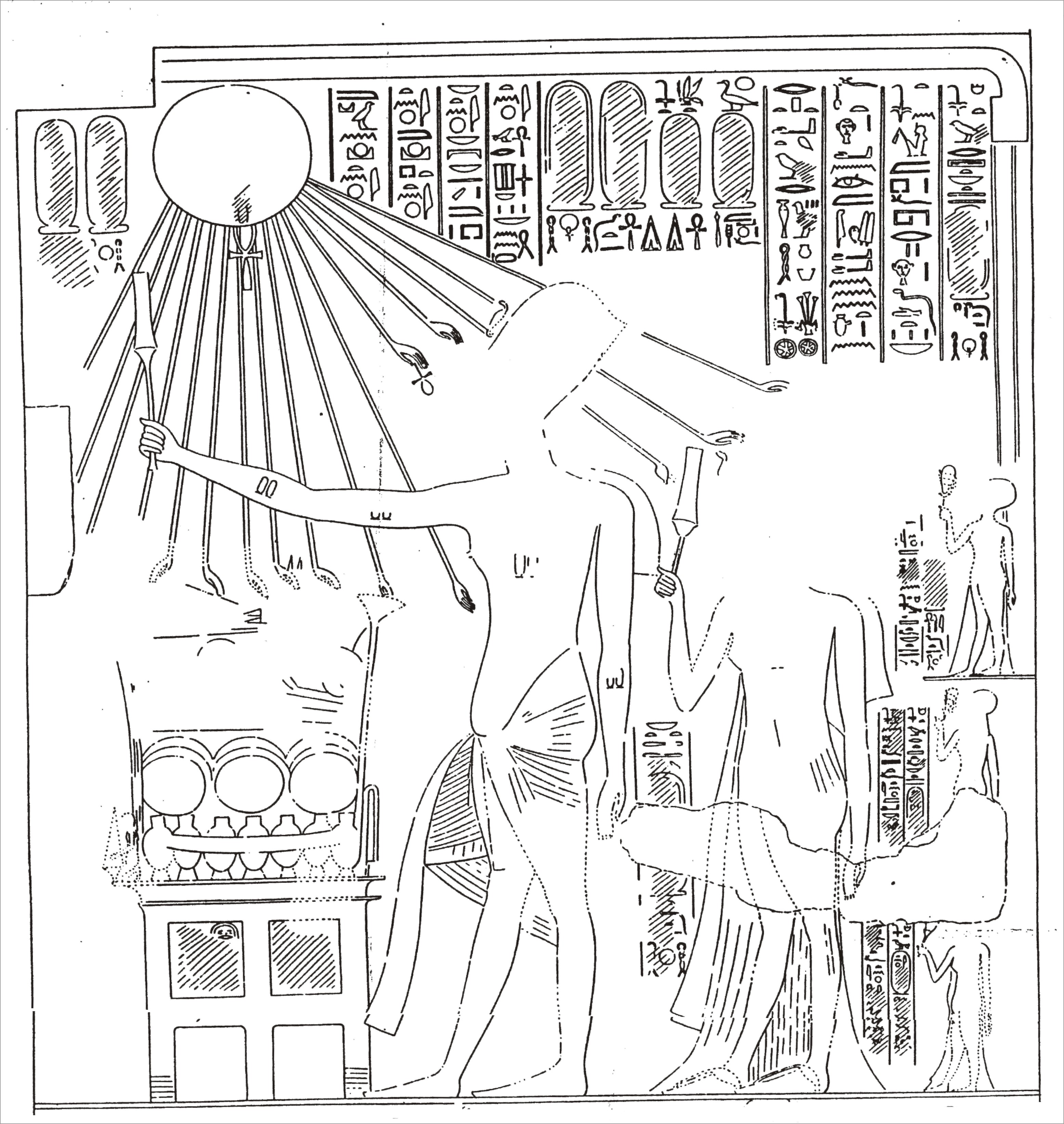The Category of Art in Ancient Egypt: a Reflection from the Ontological Turn una reflexión desde el giro ontológico
Main Article Content
Abstract
The artistic expressions of ancient Egypt were traditionally studied by Egyptology in light of the aesthetic conceptions of Western art. In this sense, the nineteenth-century trends were based on a value scale from an evolutionary notion -from which Egyptian representations are considered less developed than later times- to the affirmation of the non-existence of art in this historical context, due to the absence of a linguistic term proper to the hieroglyphic language for its designation.
In the present work we reflect on the use of the category 'art' in ancient Egypt from a journey through the conceptions outlined from the modern ontology of the late 18th century and early 19th century. On the other hand, we display those critical positions about of art in dialogue with the most recent conceptions of the discipline of Egyptology during the 20th and 21st century. Finally, we propose a case study of the representations of offerings to the deceased from the reflection from the positions of the ontological and decolonial turn.
Downloads
Article Details

This work is licensed under a Creative Commons Attribution-ShareAlike 4.0 International License.
Copyleft
Este obra está bajo una licencia de Creative Commons Reconocimiento-CompartirIgual 4.0 Internacional.
Usted es libre para: Compartir — copiar y redistribuir el material en cualquier medio o formato
- Adaptar — remezclar, transformar y crear a partir del material
- Para cualquier propósito, incluso comercialmente
- El licenciante no puede revocar estas libertades en tanto usted siga los términos de la licencia
-
Atribución — Usted debe darle crédito a esta obra de manera adecuada, proporcionando un enlace a la licencia, e indicando si se han realizado cambios. Puede hacerlo en cualquier forma razonable, pero no de forma tal que sugiera que usted o su uso tienen el apoyo del licenciante.
-
CompartirIgual — Si usted mezcla, transforma o crea nuevo material a partir de esta obra, usted podrá distribuir su contribución siempre que utilice la misma licencia que la obra original.
- No hay restricciones adicionales — Usted no puede aplicar términos legales ni medidas tecnológicas que restrinjan legalmente a otros hacer cualquier uso permitido por la licencia.
Copyrigth
Si bien los derechos de autor de los artículos son de los mismos autores; el titular del copyrigth es la Revista Comechingonia.
Esto estará indicado en cada artículo, asi como la licencia Copyleft anteriormente descrita.
References
Las estelas de demarcación conforman un corpus de 16 estelas monumentales que bordean la ciudad de Akhetatón, capital del antiguo Egipto durante el período amarniano.
Imagen extraída de http://www.amarna3d.com/timeline-of-re-discovery/. Fecha de consulta: 29/11/2022.
El período ramésida corresponde a las dinastías 19 y 20, entre 1292 y 1077 a.C. Deir el-Medina era una aldea en la antigua Tebas donde residían los obreros encargados de los trabajos en las tumbas reales del Valle de los Reyes y las Reinas.
En este caso, el autor estudia el arte del Renacimiento europeo. Sin embargo, resulta interesante su posicionamiento conceptual ante el arte y la percepción para el estudio que presentamos.
A partir de la cronología propuesta por Hornung et.al. (2006).
Hay casos de daños intencionales a este tipo de registros, lo que Jan Assmann (2008) denominó damnatio memoriae. La rotura de la piedra en los sectores donde se plasma el nombre del difunto y su representación, tenía el sentido de darle una muerte definitiva y que su memoria se perdiera entre los vivos.
TA son las siglas de Tumba Amarniana.
“Gorro festivo”, según Davies (1906: 15).
“El ka era un aspecto del ser humano que venía a la existencia cuando el individuo nacía. significaba morir, puesto que el ka continuaba viviendo después de la muerte del cuerpo” (Wilkinson 2011: 61 [1995]).




